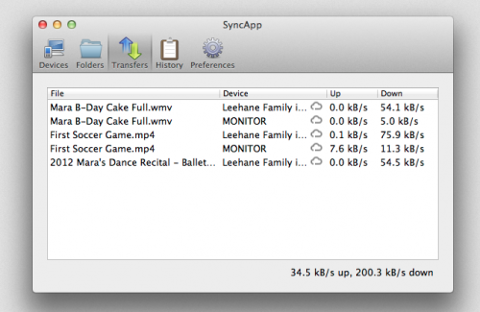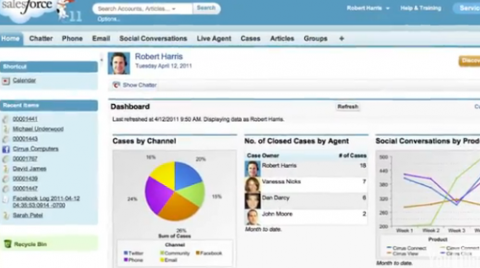ObjectRocket Launches Speedy MongoDB Cloud Service
MongoDB, a document-oriented NoSQL database system, has become increasingly popular among IT pros needing to store and analyze massive amounts of data. So it’s no surprise that more IT vendors are looking for new ways to leverage the technology. One such vendor is ObjectRocket, which has launched a MongoDB-based Database-as-a-Service (DBaaS) it claims is extraordinarily fast—hence the name. Every element of the stack, from the file system and kernel to the actual MongoDB layer, has been tailored with speed in mind; for example, each instance is stored on a solid-state drive (SSD), a format with notably less latency than “traditional” hard drives. ObjectRocket also monitors instances for lag and network performance, sending alerts via an integrated messaging interface. Users can provision an ObjectRocket instance with just a few clicks and scale quickly depending on the size of the database, with all components—including config servers, arbiters, API access, and so on—in place from the start. Instances are automatically sharded, with the ability to manually add new ones if there’s a need for more space. Users never share instances with other ObjectRocket clients, although separate instances may share the same hardware resources—according to The Register, ObjectRocket relies on “proprietary means” to isolate users’ data, not the server virtualization hypervisor that one might expect. In any case, ObjectRocket apparently isolates CPU, memory and I/O resources in a way that doesn’t impact individual users’ performance, even during peak network activity. Operational features include RocketScale (rapid scaling), QueryGuard (which automatically detects long-running queries), and RocketSecure (added security via encrypted connections and IP-based access control). ObjectRocket’s cloud resides in Tier 4 data centers on both coasts, which gives users the option of storing their data in redundant, geographically separate locations. That infrastructure is 1-2 milliseconds away from Amazon Web Services’ East and West locations, accessible via AWS Direct Connect. MongoDB relies on “BSON,” a binary form of JSON, for data storage. It also features a huge number of language drivers. (Shameless plug: our sister site SourceForge relies on it.) The platform has evolved to handle ever-larger, more geographically distributed contexts; recent features include an advanced Aggregation Framework, for streamlining the process of manipulating and processing documents within MongoDB without the need for separate application processes or MapReduce. Last summer, Jaspersoft’s most recent Big Data Index placed MongoDB at the top of its list of popular data sources, ahead of Hadoop-Hive (an SQL interface to Hadoop MapReduce), Cassandra, and Hadoop-HBase. SlashBI also offers a lengthy breakdown of “traditional” SQL relational databases versus NoSQL databases such as MongoDB.


